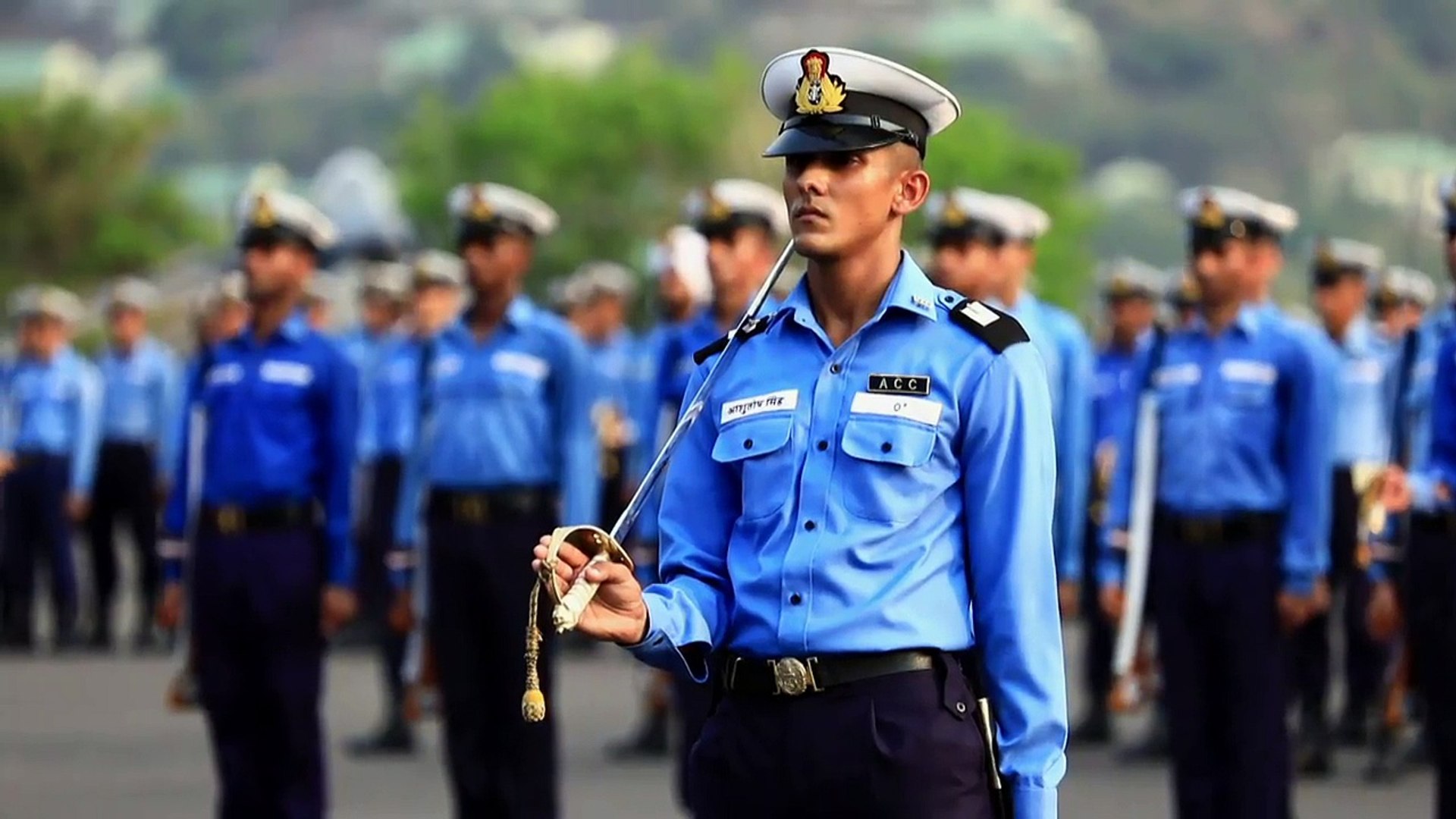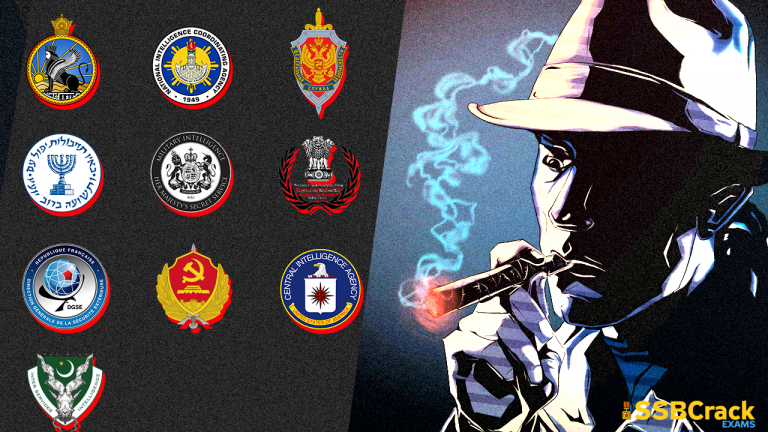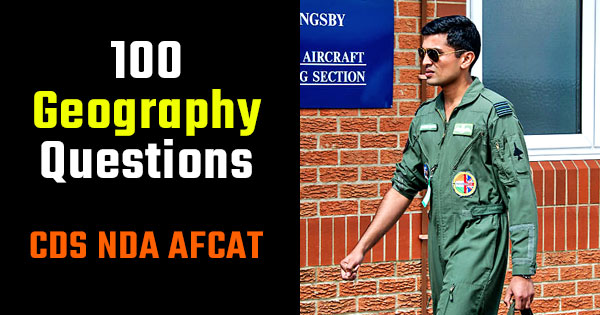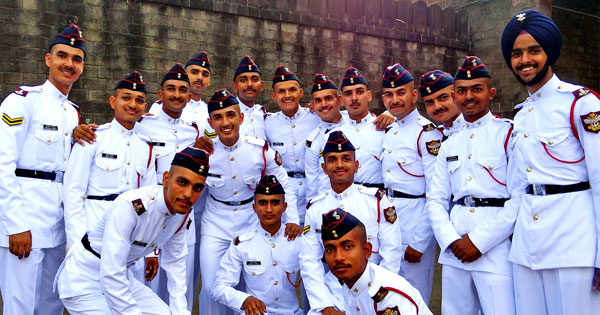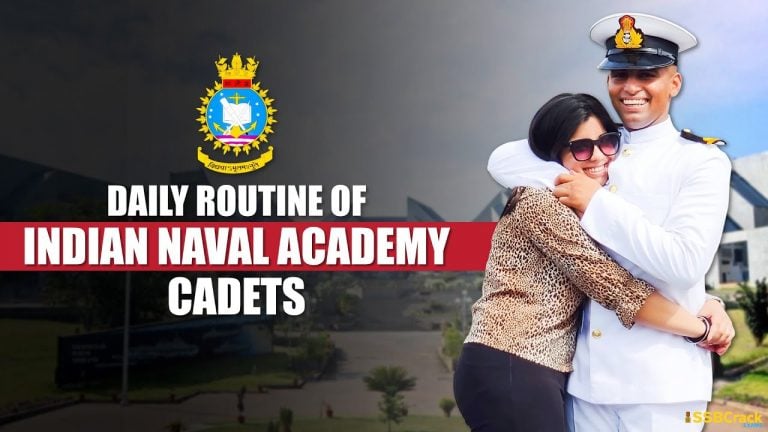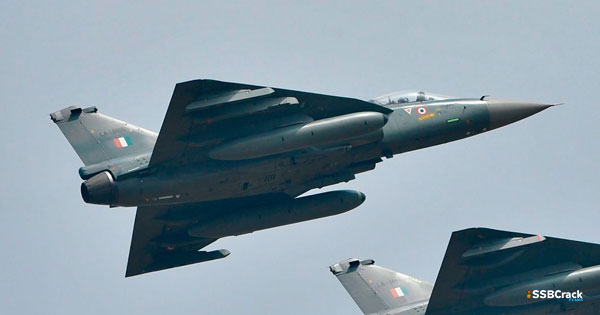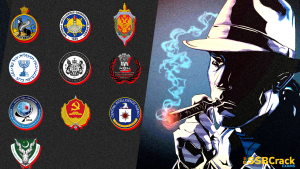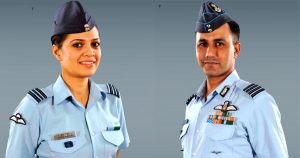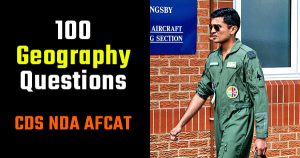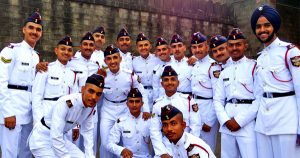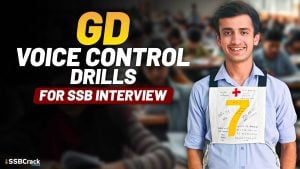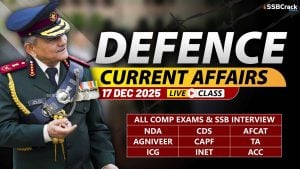Ever since the time of Shivaji Maharaj, who is called as the father of the Indian Navy, and even before that various nations used their navies for various purposes such as trade, commerce and military expeditions. It has been established that to guard the coastal territories and to ensure the safety of your trade ships, any developed or developing nation will need a strong navy. A strong navy rises from strong training academies where the officers and sailors take training to master seamanship.
Presently Indian navy is assigned to train the Indian Coast Guard in addition to training the Indian navy future’s officers and sailors. It will be continued till the training centre for coast guard personnel is not start functioning at Azhikkal. This academy will know as Indian Coast Guard Academy (ICGA).
The training of the Indian Navy is divided into four branches namely Executive Branch, Engineering Branch, and Electrical Branch & Educational Branch. Currently, there are 33 establishments of Indian Navy that are in use for training and are listed below:
• Indian Naval Academy, Ezhimala
• INS Venduruthy, Kochi
• INS Shivaji, Lonavla
• INS Valsura, Jamnagar
• INS Satavahana, Vishakhapatnam
• INS Chilika, Bhubaneswar
• INS Hamla, Mumbai
• INS Agrani, Coimbatore
• INS Gomantak, Mormugao
• INS Jarawa, Port Blair
• Naval Gunnery School, Kochi
• Torpedo/Anti-Submarine School, Kochi
• Navigation Direction School
Executive Branch
The path to Command is through the Executive Branch. Only sea-going officers of the Executive Branch can exercise command of ships, submarines and aircraft. Executive officers can specialize in any of the following:
• Navigation and Direction
• Communication
• Antisubmarine Warfare
• Gunnery
• Aviation
• Submarines
• Diving
• Hydrography
• Law, Air Traffic Control, Naval Armament Inspection and Logistics
Cadres also form part of the Executive Branch.
Engineering Branch
Modern ships, submarines and aircraft have advanced technology, machinery and propulsion systems. The Engineer Officer is responsible for keeping all these systems serviceable. Opportunities to work inshore jobs in naval dockyards and indigenous production units also exist. In no other career is an engineer exposed to such a wide spectrum of opportunities to keep abreast of modern development. An Engineer Officers career is interspersed with technical courses up to post-graduation.
Naval Architects specialise in warship construction. The Indian Navy today employs the largest pool of trained Naval Architects in India. A Naval Architect is involved in the design, construction, quality control and repair of naval vessels. With the Navy going in for more and more sophisticated warship production within the country, the Naval Architect cadre offers excellent opportunities to keep abreast of the advancement in shipbuilding technology.
Electrical Branch
A warship is fitted with complex missile systems, underwater weapons, radar and radio communication equipment. A majority of these are either computer-based or computer-aided and incorporate the latest in electronic engineering. In addition, a warship is a mini floating city with an integral power generation and distribution system. For a ship to be able to fight effectively, all this equipment must be kept functioning at peak efficiency. Electrical Officers have this responsibility and other challenging tasks. The Navy also offers excellent opportunities for postgraduate courses.
Education Branch
Education Officers play a major role in the training of a naval officer/sailor. Education Officers are responsible for scientific and methodical instructions including theoretical aspects of technical subjects of all branches of the Navy and for general education. Additionally, an Education Officer can specialise in oceanography and meteorology and also in some of the specialisations of the Executive Branch. Training of personnel is the most important peacetime activity that goes into the making of an effective Navy.
The Southern Naval Command headquartered at Kochi is the Navy’s Training Command. There are currently 33 training establishments spread over the length and breadth of the country. Prominent amongst them are the following:
• Indian Naval Academy Located at Ezhimala (Kerala). All officer cadets (other than NDA entry) undergo their initial naval training here which varies from 6 months to 4 years.
• Navigation and Direction School
• Signal School
• Anti-Submarine Warfare School
• Diving School
• Centre for Leadership and Behavioural Services (CLABS)
• Maritime Warfare Centre (Kochi) MWC (K)
• Naval Institute of Educational and Training Technology (NIETT)
Let’s Discuss The Training Establishments
INS Mandovi
Located at Goa, houses India Naval Physical Training (INPT) School and Regulating School which caters for training needs of Physical Training and Provost Training.
INS Venduruthy
Located at Kochi (Kerala), Venduruthy is the premier professional training institution for both, officers and sailors of the Executive/Seaman Branch. The following schools are situated in this establishment which conducts professional training for Executive Officers and higher rank courses for Seaman sailors.
INS Shivaji
Located at Lonavla near Pune, INS Shivaji is the premier training institution for officers and sailors of the Engineering Branch. Officers undergo Marine Specialisation up to postgraduate level training while sailors undergo artificer, professional and higher rank courses. In addition, NBCD courses are conducted here. The following institutions form part of INS Shivaji:
• Naval College of Engineering
• College of Marine Engineering & Technology
• NBCD School
INS Valsura
Located at Jamnagar (Gujarat), INS Valsura is the alma mater for all officers and sailors of the Electrical Branch. Officers undergo Electrical Specialisation course while sailors undergo artificer, professional and higher rank courses.
• Observer School
• Naval Institute of Aeronautical Technology (NIAT)
• School of Naval Airmen (SFNA)
• School for Naval Oceanology and Meteorology (SNOM)
INS Garuda
Located at Kochi (Kerala), INS Garuda conducts basic and specialised training for some officers and sailors of the Aviation Branch. The following schools are situated in this establishment for administrative purpose.
INS Hamla
Located at Malad, Mumbai, INS Hamla is the premier training establishment for personnel of Logistic cadre. Officers graduate in Long Logistic Management Course while sailors undergo courses related to logistics, administration, catering, stores management and computers.
INS Chilka
Located in Orissa, INS Chilka is the initial training establishment for sailors. In this establishment, ab-initio training is imparted to sailors of all branches. After recruitment, all sailors undergo their basic naval training here before they branch off into various trades for specialised training.
INS Agrani
Located at Coimbatore (Tamil Nadu), INS Agrani imparts training on Leadership and Management for selected senior sailors.
INS Kunjali
Located at Mumbai, INS Kunjali is the training establishment for officers and sailors of Provost Branch. In addition, the Naval School of Music which is the alma mater for Naval Musicians is also located here.
Institute of Naval Medicine is located at Mumbai, it imparts training to personnel in subjects related to medicine. These include courses in nursing, hygiene, underwater medicine and radiography etc.
You can prepare for defence entrance exams such as NDA, AFCAT, INET, and CDS by taking Written Online courses as they will not only give you access to full-length quality lectures but will also provide the facility to take standardized mock tests for better study and strategic growth in the exam. You can take multiple quizzes after each lesson to ensure the full understanding of the subject along with creating your customized lesson plans. You can check out the course content along with other important specifics at SSBCrack exams.
You can also access them through the SSBCrackExams app available in the google play store.
Jai Hind
